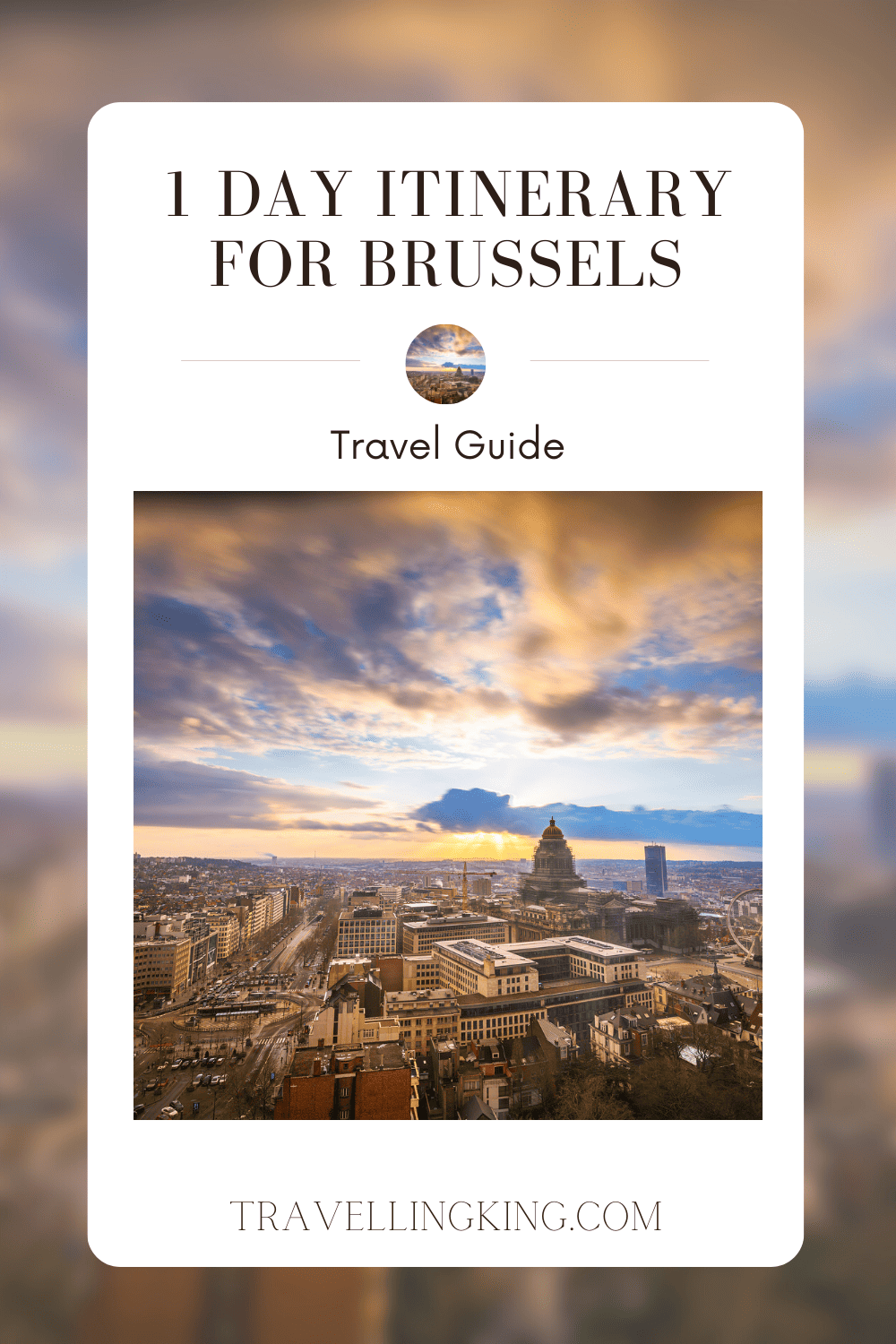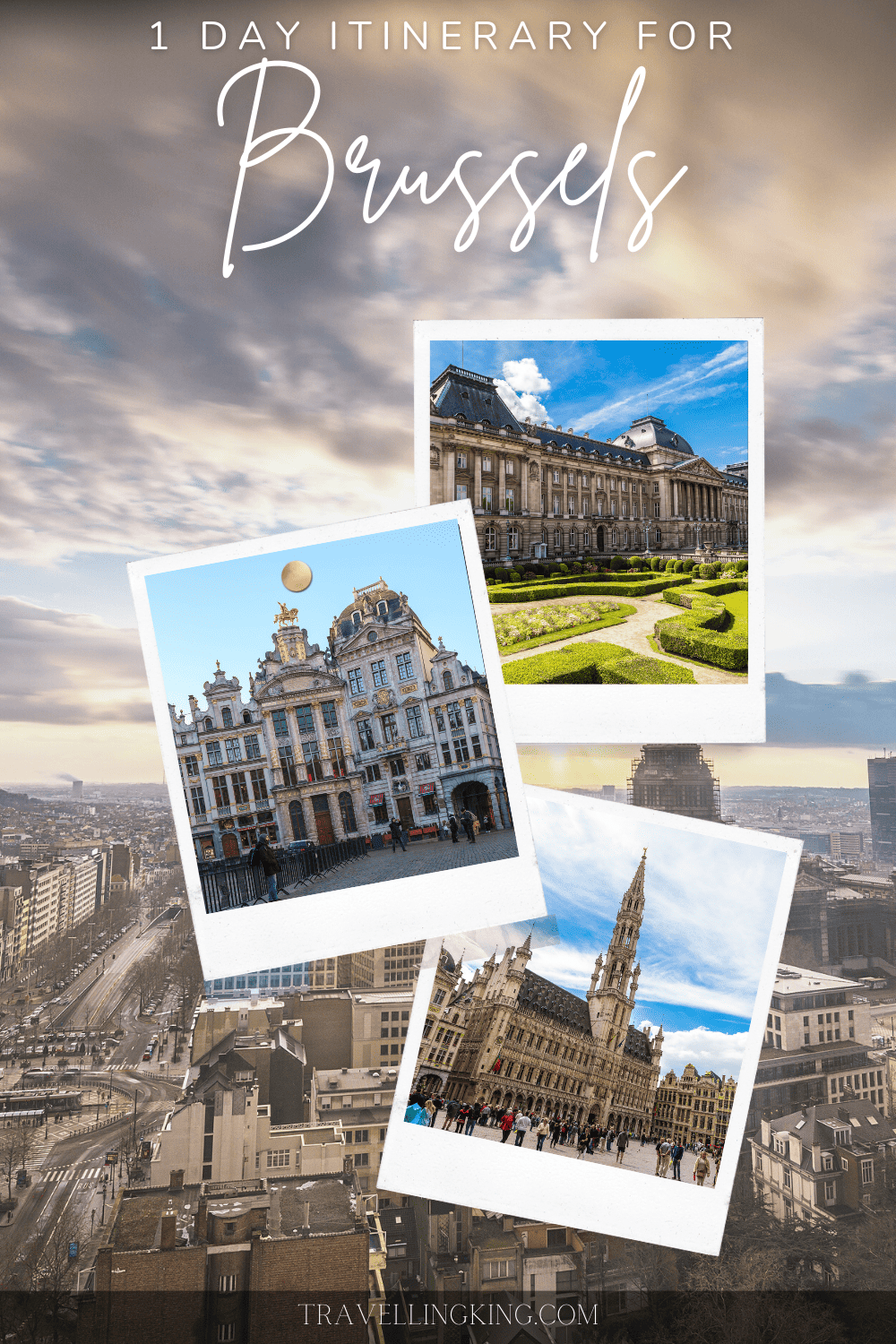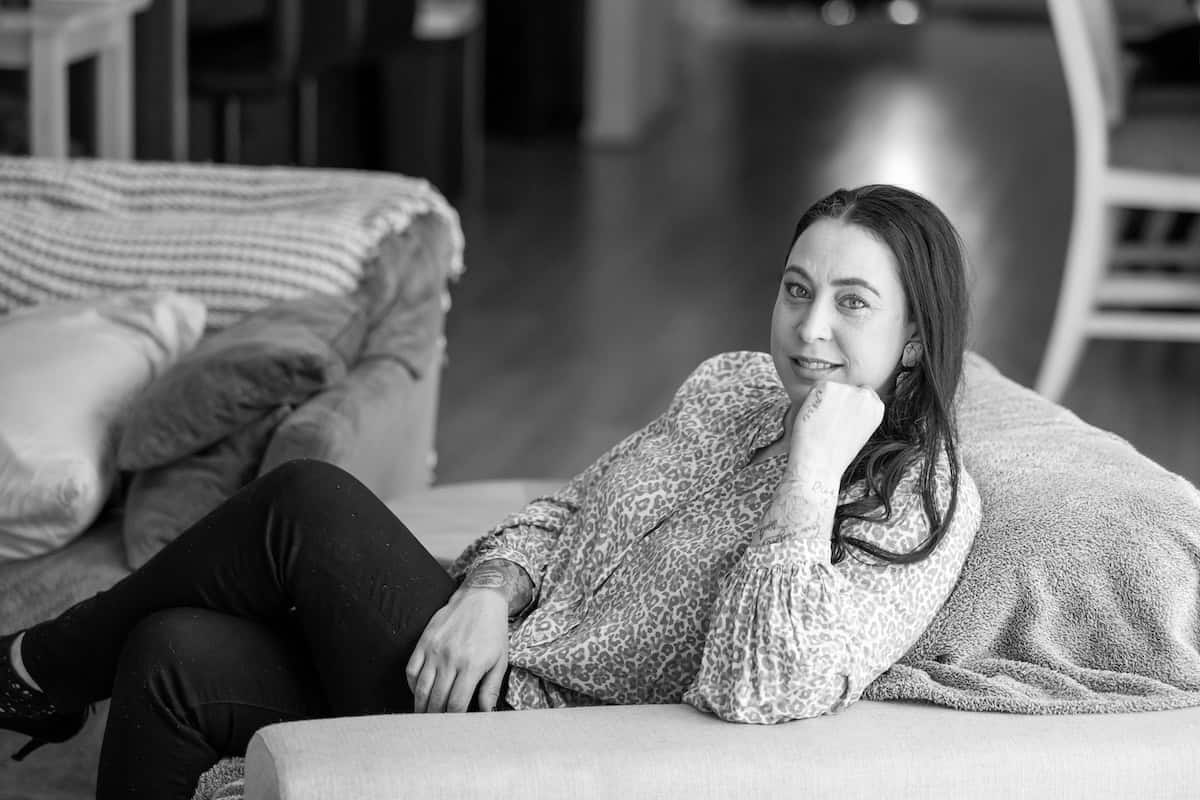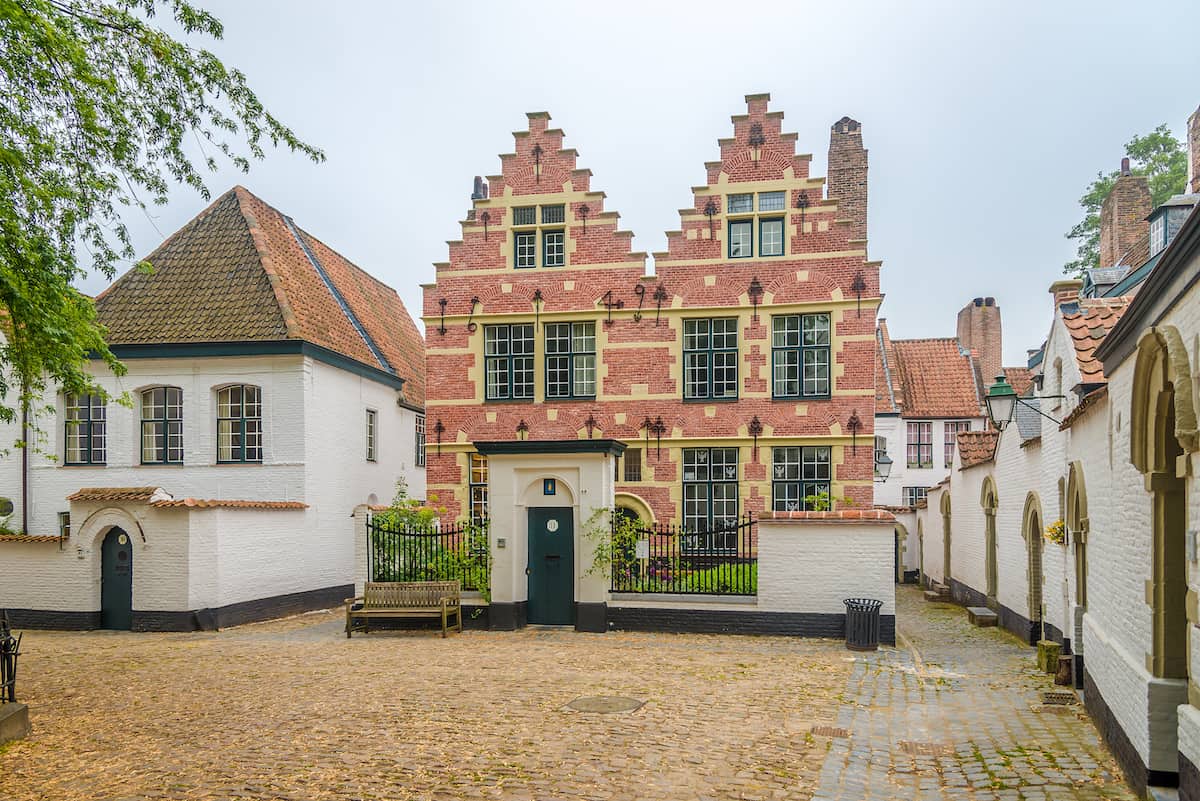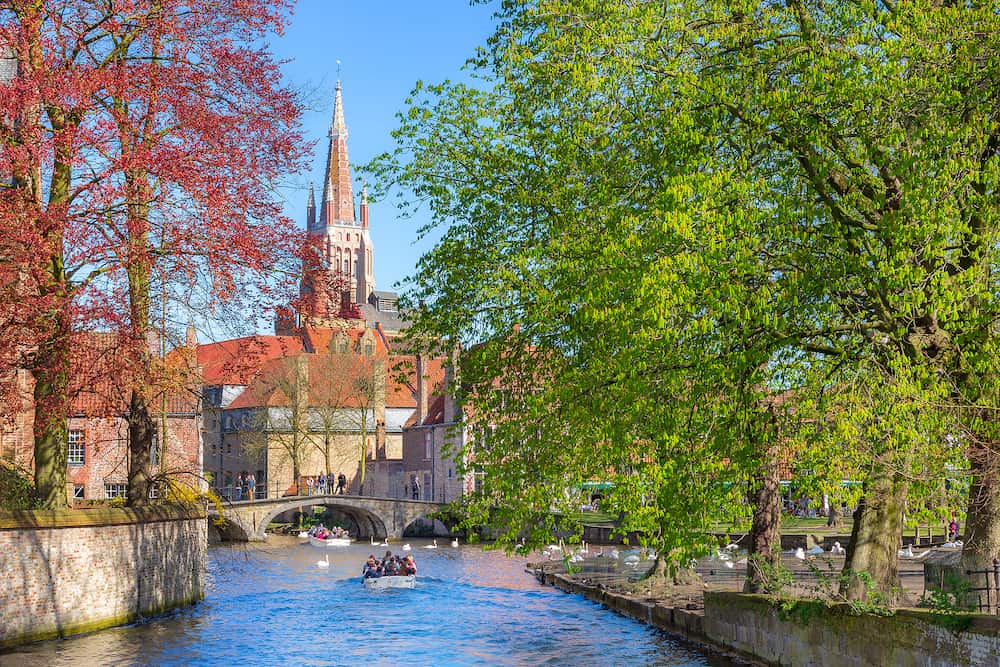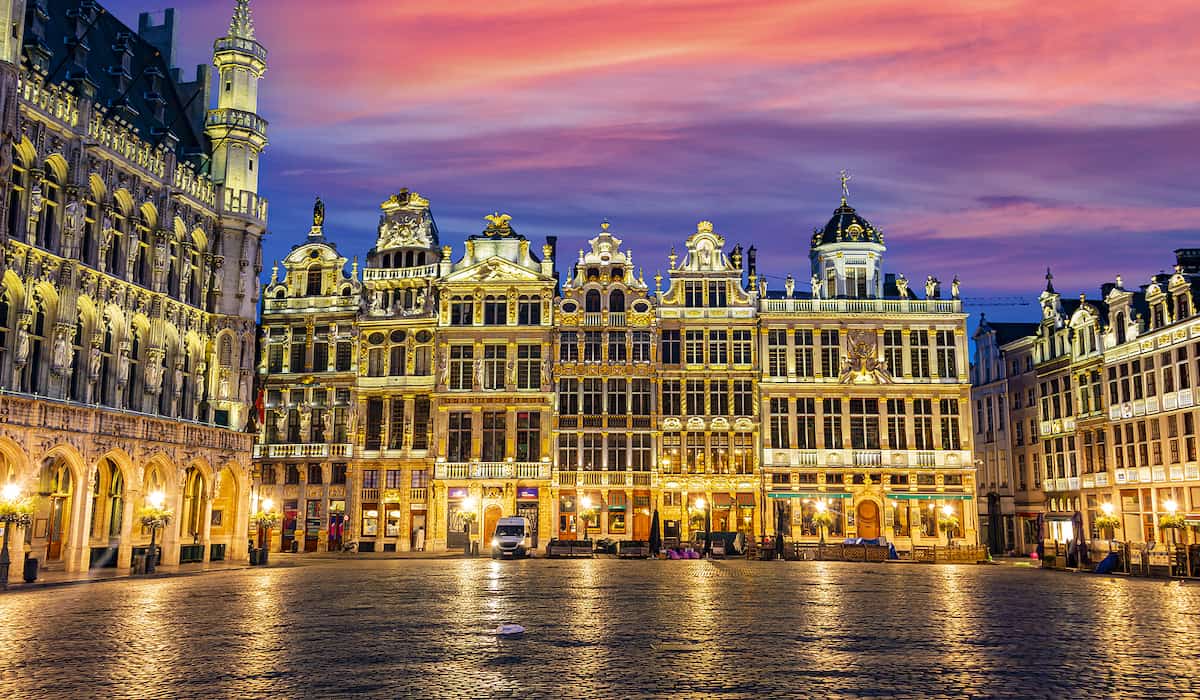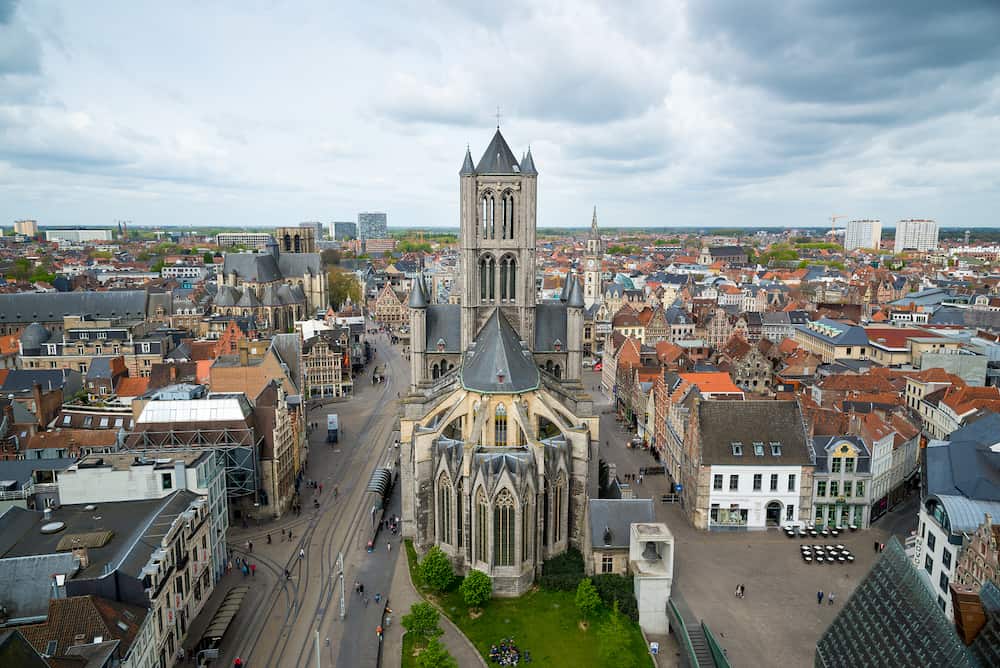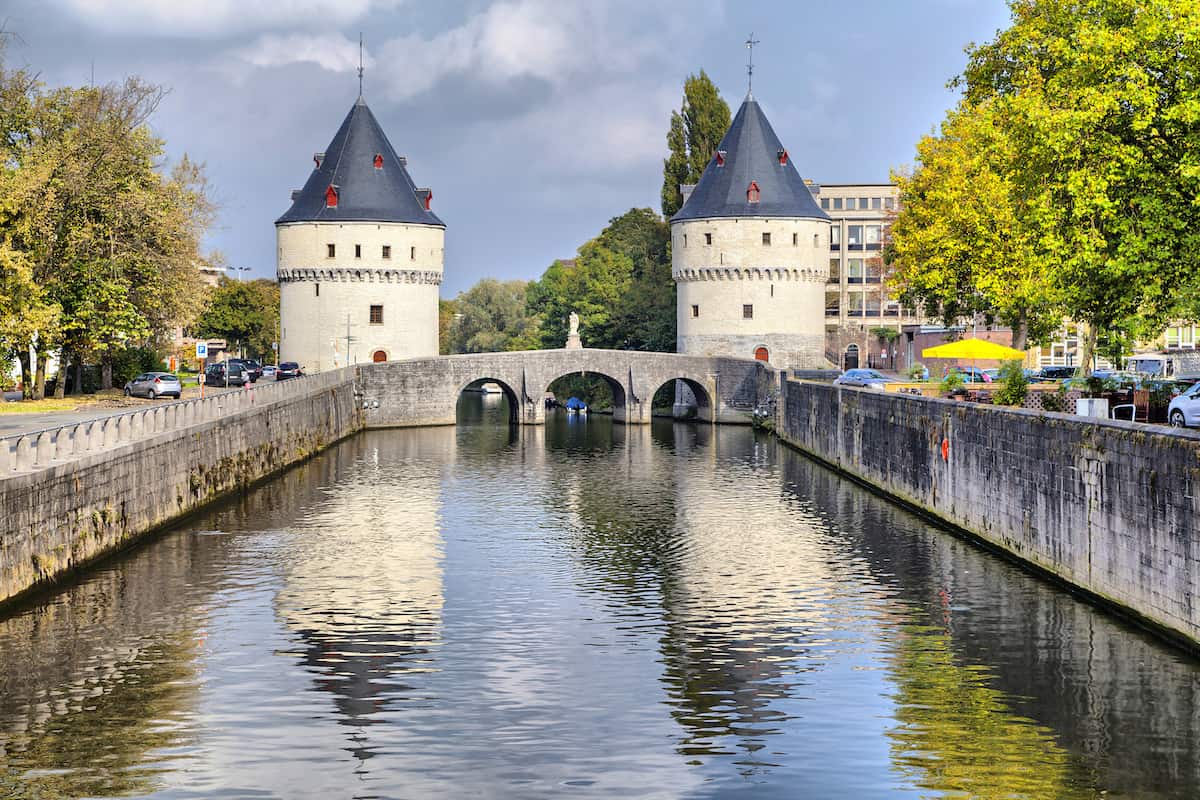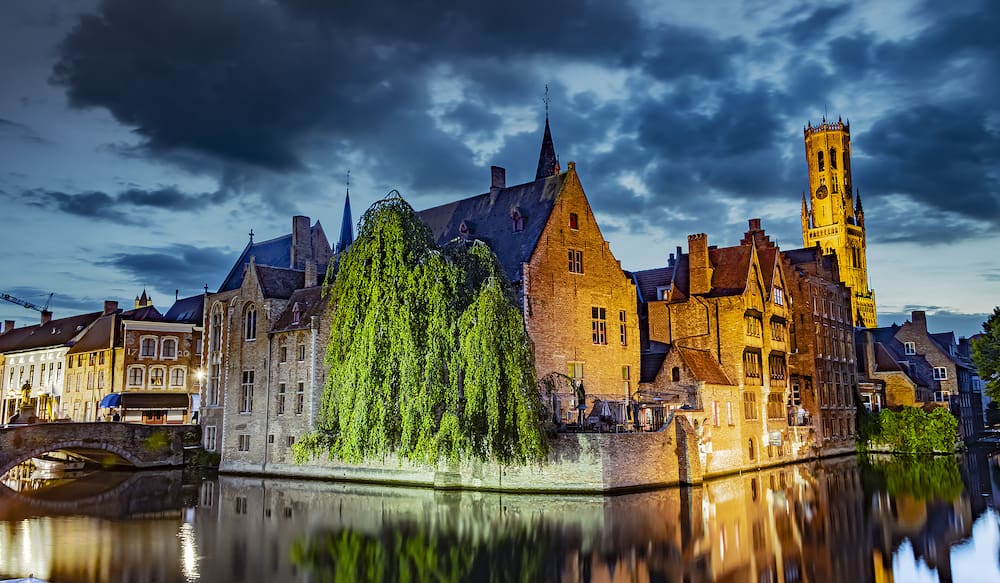1 Day Itinerary for Brussels
There are three things that Brussels does really well – Chocolate, classic Renaissance architecture and chilled beers. At its core, Brussels is a food lover at heart. She’s a city that implores you to take regular breaks to try some of the delicious delicacies on offer.
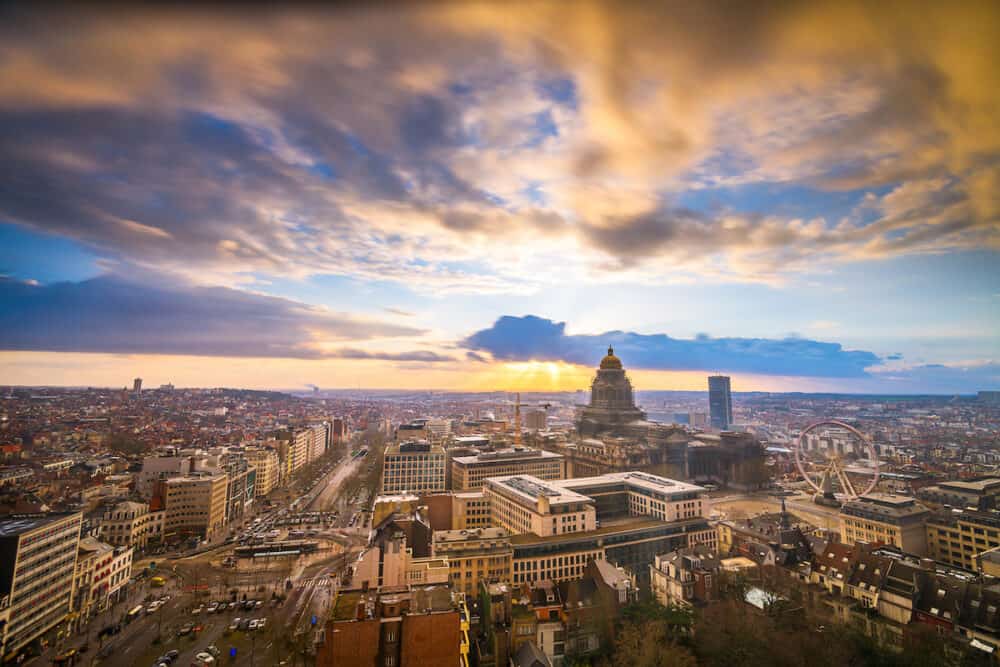
Not many places can make a rainy, overcast day a bright success. But Brussels is definitely one of them. No matter the weather, there’s always something happening that will keep your spirits up.
If Brussels was a person, they would be the extroverted friend. Despite all its attractions, a day in Brussels can be done. It’ll be tight, but let’s get into this 1 day itinerary for Brussels.
Looking to stay one night in Brussels? Staying in Brussels’ city center, near the Grand Place, puts you within walking distance of many of the city’s major attractions, restaurants, shops, and nightlife. It offers a lively atmosphere and easy access to public transportation.
Sablon/Zavel is an upscale neighborhood known for its antique shops, art galleries, and exquisite chocolatiers. It offers a more relaxed and elegant ambiance compared to the bustling city center while still being within reach of major sights.
If you’re interested in the European Union institutions, the European Quarter is an excellent choice. This area is home to the European Parliament, European Commission, and other EU buildings. It has a modern and international vibe, with many hotels catering to business travelers.
Located South of the city center, Ixelles is a multicultural neighborhood known for its global atmosphere, trendy bars, restaurants, and boutique shops. It is popular among young professionals and offers a diverse range of accommodations.
Saint-Gilles is known for its artistic and alternative vibe. It offers a mix of charming Art Nouveau architecture, quirky shops, bohemian markets, and a variety of cuisines. It’s a great choice for those looking for a more offbeat experience.
The Avenue Louise is a prestigious shopping street that runs through this area, offering high-end boutiques, luxury hotels, and fine dining options. It is a more upscale and residential area, perfect for those seeking a sophisticated stay.
Brussels tends to be busiest with tourists during the summer months and major holidays like Christmas and Easter. If you prefer fewer crowds and more affordable accommodations, consider visiting during the shoulder seasons of Spring or Autumn.
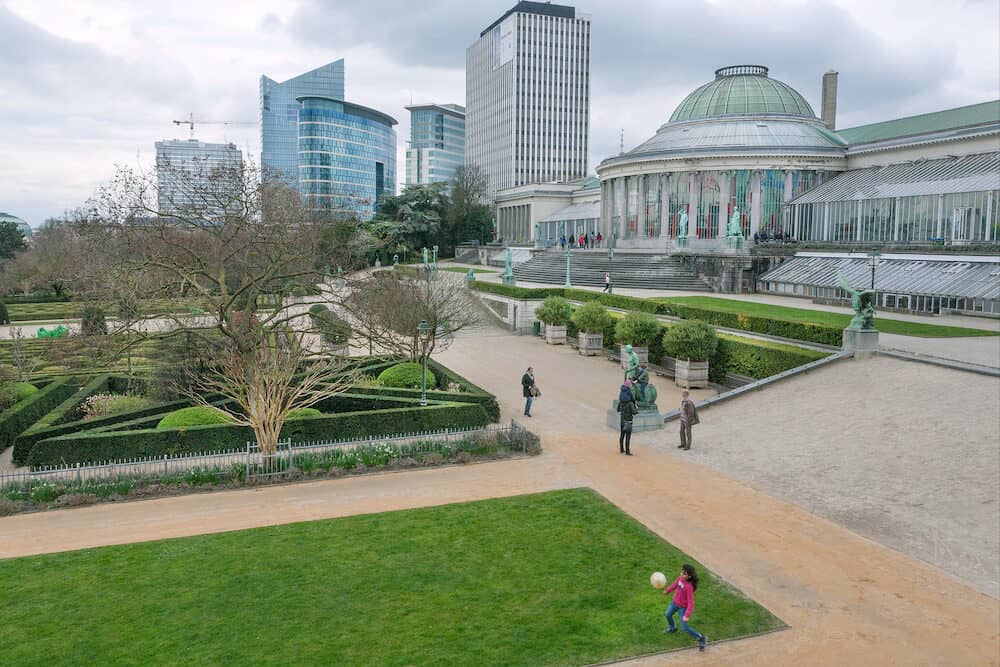
The most popular time to visit is during the summer months of June to August when the weather is generally pleasant, with average temperatures ranging from 15°C to 25°C (59°F to 77°F).
However, be prepared for occasional rain showers. Spring (April to May) and Autumn (September to October) are better times to visit, with mild temperatures and fewer crowds.
Brussels hosts several festivals and events throughout the year that may influence your travel plans.
For example, the Ommegang, a historic procession, takes place in July, while the Brussels Summer Festival occurs in August, featuring live music performances. The Christmas markets in December are also popular attractions.
If you’re wondering is one day in Brussels enough or how many days do you need in Brussels? Well it all depends on what your plans are? You could easily spend a few weeks or even a few months in Brussels and still not see or do everything.
Below is a great guide on what to do in Brussels for 1 days because sometimes 1 days in Brussels is all you have, especially if you’re spending a weekend in Brussels or you’re travelling to Brussels on short stop over trip and want to be able to tour some of the main areas within Brussels.
Most people do generally do Brussels day trip from Amsterdam due to it’s proximity.
Plan your trip
Save on fees abroad with the Wise Card—use it at ATMs, restaurants, and for flights or hotels in over 150 countries. Manage 40+ currencies in real-time with the Wise app.
Need Help Planning?
- Cheap Flights: Find the best deals.
- Accommodation: From hostels to luxury stays.
- Car Rental: Affordable options worldwide.
- Sightseeing Tours: Explore without breaking the bank.
- Travel Adapter: One adapter for all your needs.
- Travel Insurance: Don’t risk it—stay covered.
This post includes affiliate links. Read my full disclosure and content policy.
Overview of 1 Day in Brussels
- Brussels City Museum
- Grote Markt
- Manneken Pis
- Chocolate and Food Paradise
- Royal Palace
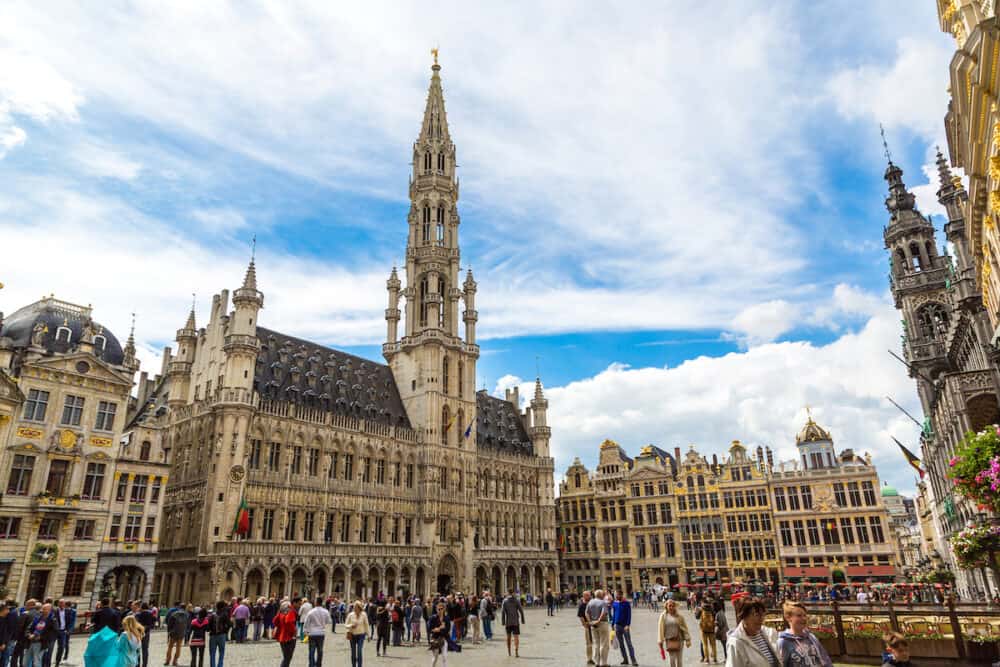
1 Day in Brussels Itinerary
Brussels City Museum
Kickstart your one day in Brussels at the centrally located Brussels City Museum. It is also known as the Maison du Roi or the Broodhuis, and is a fascinating cultural institution located in the heart of Brussels, Belgium.
Housed in a magnificent Gothic building on the Grand Place, the museum offers visitors a captivating journey through the history, art, and folklore of the city. Nope, this isn’t your average, boring museum either.
The museum’s collection provides a comprehensive exploration of Brussels’ past, starting from its early beginnings as a small medieval settlement to its growth as a thriving center of trade and power.
Through a series of carefully curated exhibits, visitors can delve into the city’s architectural evolution, political development, and social transformations over the centuries. It’s hard to picture this modern city as medieval, isn’t it?
One of the highlights of the Brussels City Museum is its collection of artworks. The museum showcases an impressive array of paintings, sculptures, and decorative arts that span different periods, styles, and artistic movements.
From medieval religious art to Flemish masterpieces and contemporary works, the collection offers a diverse and enriching artistic experience.
Moreover, the museum sheds light on the rich folklore and traditions of Brussels. It explores the city’s iconic folklore figures, such as Manneken Pis and Jeanneke Pis, and delves into the vibrant world of Belgian comic art, highlighting famous characters like Tintin, Lucky Luke, and The Smurfs.
These exhibits offer a glimpse into the whimsical and imaginative side of Brussels’ cultural heritage.
Visitors to the Brussels City Museum can also enjoy the architectural splendor of the building itself. The Maison du Roi, with its ornate façade and intricate details, serves as an impressive backdrop for the exhibits.
Inside, the museum combines historical elements with modern exhibition techniques, creating an engaging and immersive environment that brings the city’s past to life.
In addition to its permanent collection, the Brussels City Museum hosts temporary exhibitions, educational programs, and cultural events, ensuring that there is always something new and exciting to discover for both locals and tourists.
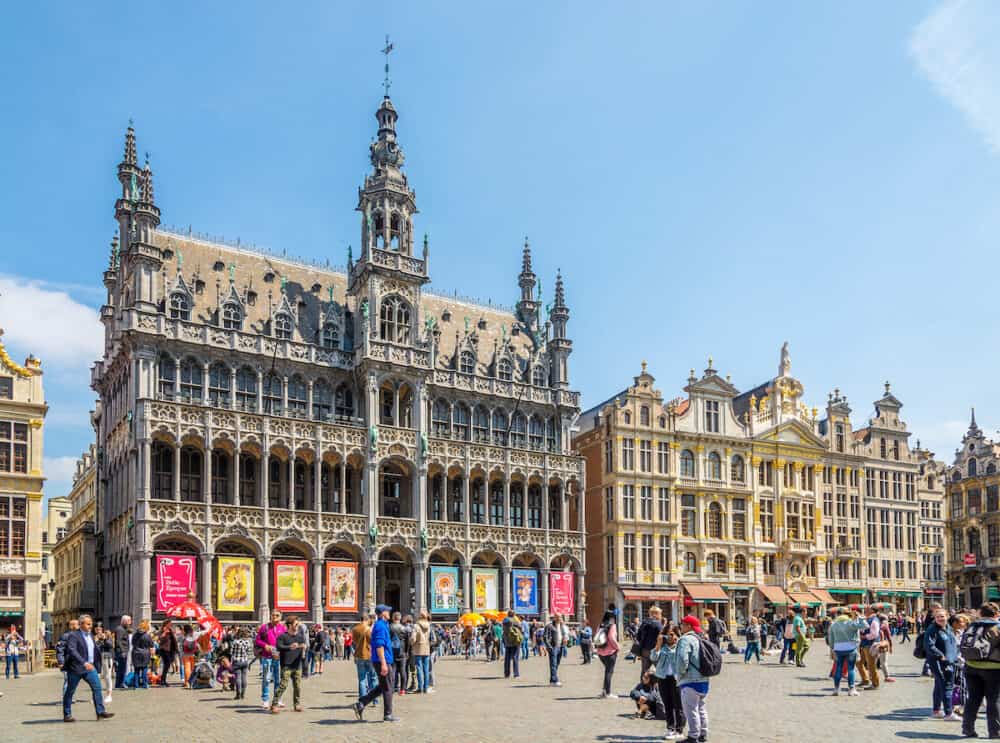
Grote Markt
It’s brunch time! It’s only been a couple of hours and you’re already breaking for food. Brussels is turning out to be a destination after your own heart (and stomach) already.
Grote Markt, also known as the Grand Place, is the central square of Brussels. It is a UNESCO World Heritage Site and one of the most iconic and picturesque squares in the entirety of Europe.
Grote Markt serves as a focal point for both locals and tourists, offering a captivating blend of architectural splendor, historical significance, and a foodie atmosphere.
The square is surrounded by magnificent and ornate buildings that showcase a stunning mix of architectural styles, including Gothic, Baroque, and Louis XIV. Each building tells a story and reflects different periods of Brussels’ history.
The City Hall (Hôtel de Ville), with its imposing tower, is the centerpiece of the square and a masterpiece of Gothic architecture. Its intricate details and decorative statues are awe-inspiring.
The other buildings on Grote Markt include guildhalls that were once the meeting places and headquarters of the city’s powerful guilds. These guildhalls, adorned with elaborate façades, gilded statues, and intricate carvings, showcase the wealth and artistic craftsmanship of their respective eras.
Some notable guildhalls include the King’s House (Maison du Roi), which houses the Brussels City Museum, and the Brewers’ House (Maison des Brasseurs), with its golden facade.
The Grote Markt is not just a feast for the eyes but also for your tummy. The foodie scene at Grote Markt is Brussels’ trump card. Numerous restaurants, cafes, and food stalls dot the perimeter, offering a vast array of culinary experiences that showcase the flavors and traditions of Belgian cuisine.
You’ll get to indulge in a variety of gastronomic delights. One of the must-try culinary experiences is sampling the famous Belgian waffles, which can be found in numerous stalls around the square.
These fluffy treats are often served with a choice of toppings like powdered sugar, whipped cream, chocolate sauce, or fresh fruits, creating a delectable combination of textures and flavors.
Another culinary highlight at Grote Markt is the opportunity to savor traditional Belgian chocolate. Chocolatiers and chocolate shops line the square, tempting passersby with their mouth watering displays.
Visitors can sample an assortment of pralines, truffles, and chocolate bars, each crafted with meticulous attention to detail and using high-quality ingredients. The richness and complexity of Belgian chocolate make it an irresistible treat for any chocolate lover.
For those seeking a savory experience, Grote Markt offers an array of dining options. Restaurants in and around the square serve traditional Belgian dishes, including the beloved moules-frites (mussels and fries).
These succulent mussels are often cooked in a flavorful broth and served with a side of crispy fries, creating a quintessential Belgian combination.
Additionally, Grote Markt provides an opportunity to explore the local beer scene. Belgian beer is renowned worldwide for its diverse styles and rich flavors. Many restaurants and pubs in the vicinity offer an extensive selection of Belgian brews, ranging from refreshing wheat beers to complex Trappist ales.
Sampling a Belgian beer while soaking in the ambiance of Grote Markt is a delightful way to immerse oneself in the country’s brewing heritage (Even if it’s 10am – You’re on holiday after all).
Throughout the year, Grote Markt hosts various events and festivals, adding to its allure. One of the most famous events is the biennial Flower Carpet, where the square is transformed into a magnificent tapestry of colorful flowers.
During the Christmas season, the square is adorned with festive lights, and a lively Christmas market fills the air with the aroma of mulled wine and roasted chestnuts.
Grote Markt is not just a tourist attraction but also a symbolic and cultural hub for the people of Brussels. It serves as a gathering place for celebrations, demonstrations, and major events, reflecting the city’s rich history and vibrant spirit.
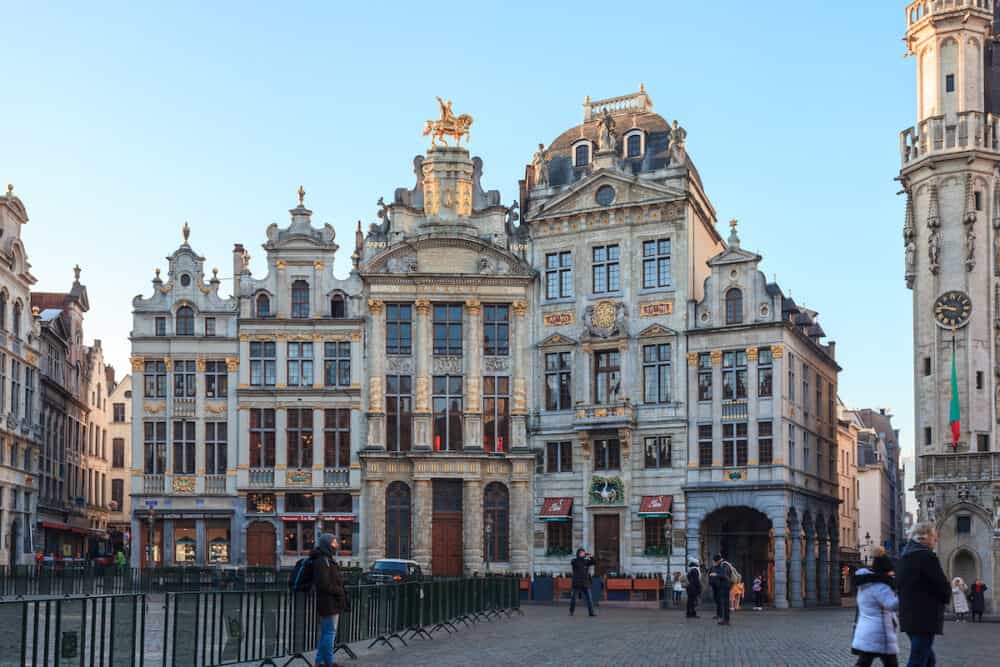
Manneken Pis
Now that you’re stuffed, let’s do some more exploring. Next up is a must see in Brussels in one day; Manneken Pis – And yes, the name suggests everything you can expect.
Manneken Pis, one of Brussels’ most iconic and whimsical landmarks, is a small bronze statue of a urinating boy. Despite its modest size, Manneken Pis holds a significant place in the hearts of both locals and visitors and has become a beloved symbol of Brussels’ sense of humor and irreverence.
The origins of Manneken Pis date back to the 15th century, although the current statue is a replica as the original was replaced several times to protect it from damage and theft. The statue’s precise history is shrouded in legends and folklore, adding to its mystique and charm.
The statue depicts a naked young boy urinating into a fountain basin, and its mischievous and playful nature has captured the imagination of people from all over the world.
Manneken Pis is often dressed in various costumes, representing different cultures, professions, and events. The dressing of the statue has become a longstanding tradition, and it is estimated that Manneken Pis has over a thousand different outfits, which are periodically changed.
The wardrobe of Manneken Pis includes costumes donated by individuals, organizations, and even countries, further adding to the statue’s comedy and giving it a unique and ever-changing personality.
On special occasions, such as national holidays or festivals, the statue is dressed in elaborate and thematic attire, delighting visitors with its creativity and diversity.
Manneken Pis has transcended its status as a mere statue and has become a cultural icon. It embodies Brussels’ irreverent spirit and serves as a reflection of the city’s history, humor, and sense of identity.
It has also become a symbol of unity and shared experiences, as people from various backgrounds and cultures come together to appreciate its quirky charm. This is exactly what you’ll find as you explore Brussels.
The statue’s popularity has inspired similar sculptures in other cities around the world, but Manneken Pis remains the original and most famous (for obvious reasons).
It has captured the imagination of artists, writers, and filmmakers, appearing in numerous works of art and serving as a source of inspiration for creative endeavors.
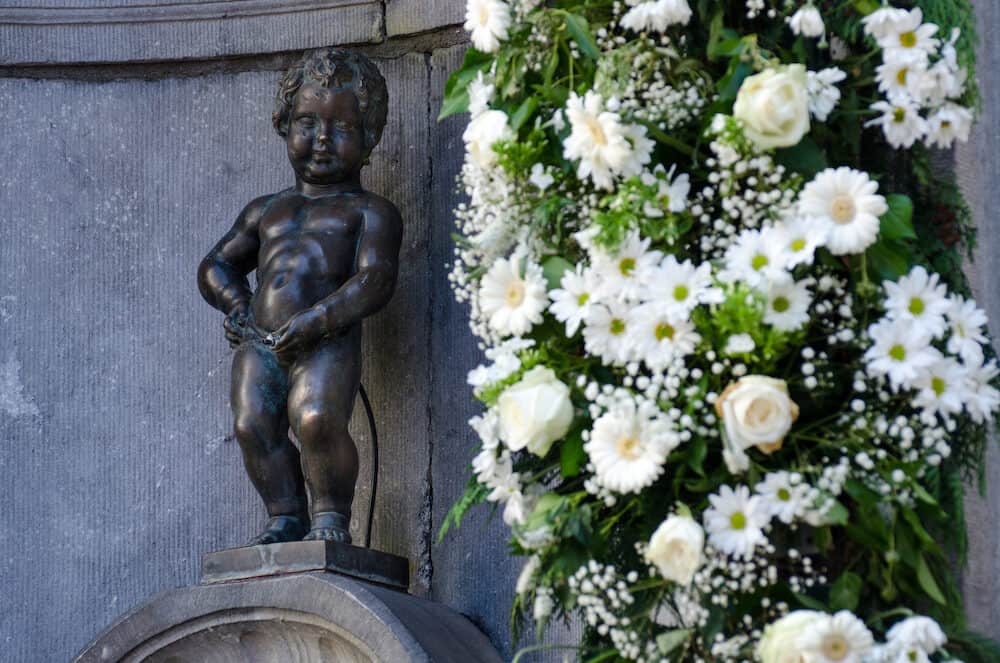
Chocolate and Food Paradise
Onto something a bit more appetizing, you’ll make your way to the vicinity of some of Brussels’ cultural delights, something you can’t miss out on in Brussels in a day. Starting off with the mother of all things sweet and decadent. Seeing the repetition of the city’s favorite things?
One of the most irresistible aspects of Brussels is its chocolate culture. The city is home to numerous renowned chocolatiers and chocolate shops that craft exquisite creations using traditional techniques and the finest Belgian chocolate.
You can embark on a delightful chocolate journey, exploring shops such as Neuhaus, Leonidas, Pierre Marcolini, and countless others, each offering a vast assortment of pralines, truffles, and chocolate bars.
These master chocolatiers showcase their creativity through unique flavor combinations and stunningly crafted chocolate sculptures.
To delve deeper into the world of chocolate, you can also experience chocolate workshops and tastings. These interactive sessions allow participants to learn about the chocolate-making process, from bean to bar, and to create their own chocolates under the guidance of skilled chocolatiers.
It’s a hands-on experience that provides insight into the craftsmanship and artistry behind Belgium’s renowned chocolate. What would your flavor combo be?
In addition to its chocolate scene, Brussels boasts an array of food markets and culinary sites that offer a diverse range of flavors and culinary traditions. The city’s food markets, such as the bustling Midi Market and the Place Flagey Market, are perfect for eating your way through the food culture.
These markets showcase an array of fresh produce, regional specialties, cheeses, breads and charcuterie.
Brussels is also known for its culinary landmarks, some of which have become cultural institutions. For example, Maison Antoine, a legendary fries stand located near the European Parliament, is celebrated for its golden and crispy Belgian fries, which are typically served with a variety of sauces.
The experience of enjoying a cone of hot fries while strolling through the city is a beloved ritual for both locals and visitors.
Another iconic culinary site is the Brasserie Cantillon, a family-owned lambic brewery that has been producing traditional Belgian beers for over a century. You can take guided tours to learn about the traditional brewing process and sample a range of unique and flavorful beers, including gueuze and kriek.
Additionally, Brussels offers a wide selection of restaurants, ranging from traditional Belgian brasseries to Michelin-starred establishments.
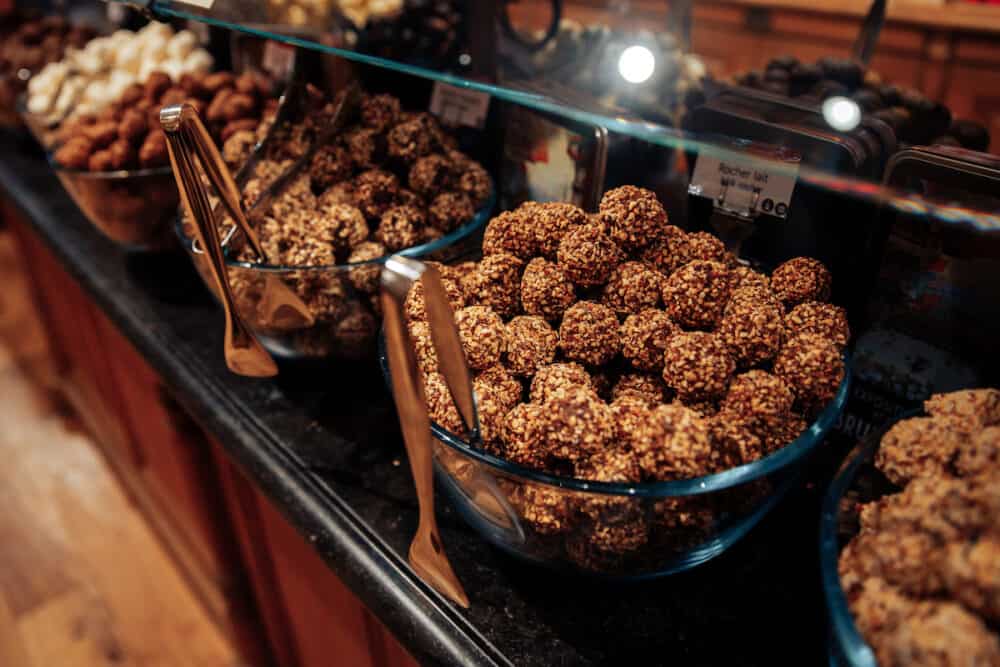
Royal Palace
Finally, you’ll spend your last few hours in Brussels wandering through the Royal Palace.
The Royal Palace of Brussels is a grand and imposing architectural masterpiece that serves as the official residence of the Belgian royal family. Located in the heart of Brussels, the palace stands as a symbol of Belgium’s rich history, monarchy, and national identity.
The Royal Palace dates back to the late 18th century when it was commissioned by Prince Charles of Lorraine as a city residence. The original building was designed in a neoclassical style by architect Jean-Baptiste de Moens, but it underwent significant expansions and renovations over the years to its current form.
The palace’s exterior is characterized by its grandeur and elegance, featuring palace walls adorned with Corinthian columns, intricate carvings, and a series of statues representing various allegorical figures.
The main entrance, known as the Gate of Honour, welcomes visitors with its regal presence, while the expansive courtyard showcases the palace’s vastness.
While the Royal Palace is the official residence of the Belgian royal family, it is primarily used for official functions, state receptions, and ceremonies.
However, during the summer months, when the royal family resides in their other royal residences, the palace opens its doors to the public, allowing visitors to explore its opulent interiors and gain insight into the royal lifestyle. Pin this to use when planning your next trip to Brussels.
Inside the palace, you’ll be treated to a breathtaking display of exquisite artwork, luxurious furnishings, and elaborate decorations. The rooms are meticulously maintained, reflecting different historical periods and styles, such as the Empire Room, the Louis XV Room, and the Mirror Room.
Each room exudes a sense of grandeur, showcasing beautiful tapestries, chandeliers, gilded accents, and intricate ceiling frescoes.
One of the highlights of the palace tour is the Throne Room, where official ceremonies and royal audiences take place.
This majestic room is adorned with magnificent chandeliers, richly upholstered chairs, and, of course, the ornate golden throne. Walking through this room provides a glimpse into the grandeur and ceremonial importance of the Belgian monarchy.
Surrounding the Royal Palace is the picturesque Royal Park, a vast green oasis in the heart of the city. Visitors can stroll through the park, enjoying its serene ambiance and taking in the views of the palace’s impressive exterior.
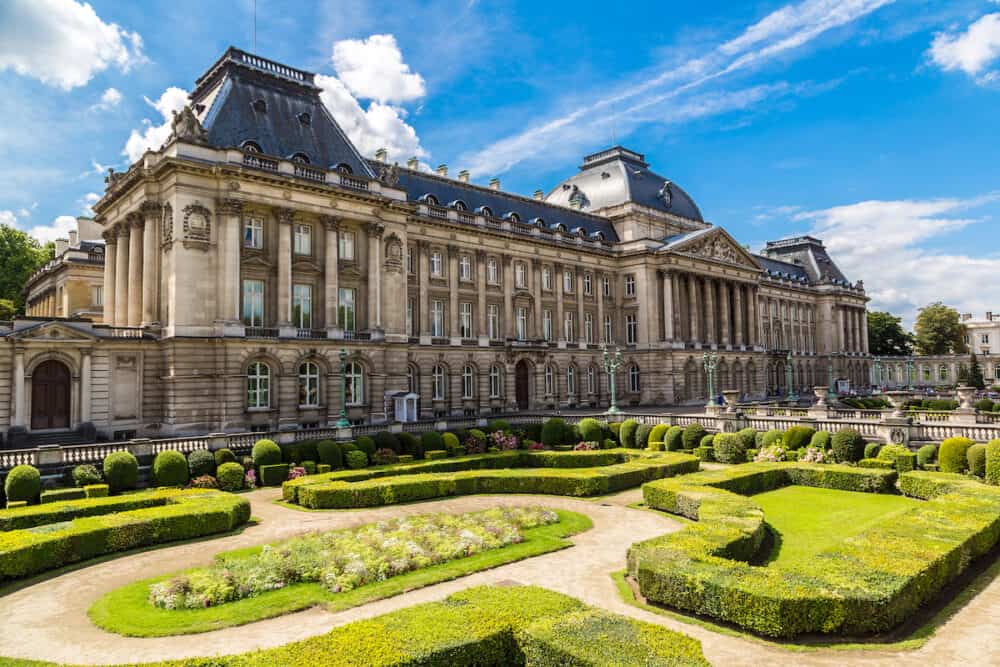
Brussels is a fairy land that has a comedic charm and personality that is hard to find in such a business-like professional world.
The point of travel is to experience authenticity in different countries, and Brussels certainly does that marvelously. It also helps that it has its priorities straight – scrumptious food and beautifully crafted drinks.
Hopefully this 1 day itinerary in Brussels has been helpful and you’ve been able to find these things to do in Brussels in one day easy to follow.
Recommended tours in Brussels
- Belgian Beer Tasting in Brussels
- Hungry Mary’s Famous Beer and Chocolate Tour in Brussels
- Legends of Brussels – Historical Walking Tour of Brussels
- Brussels Walking and Tasting Tour
- The Most Complete Tour Of Brussels
- Tell Me About Brussels! | First Day Must-Do | Local Storytellers
- 2.5h Belgian Chocolate Workshop in Brussels
- Small-Group Highlights of Brussels Bike Tour
- Brussels Waffle Workshop
If you’d like to save it for later, please save it to Pinterest.
